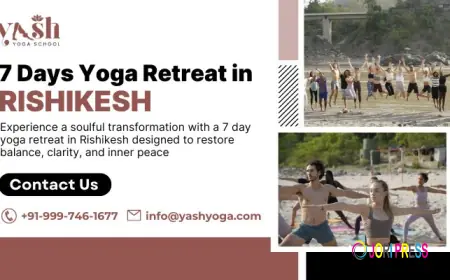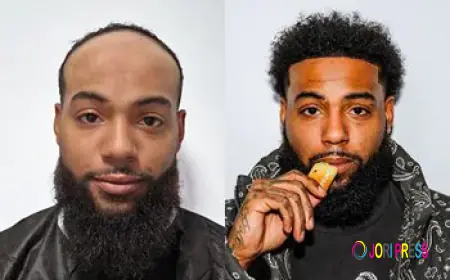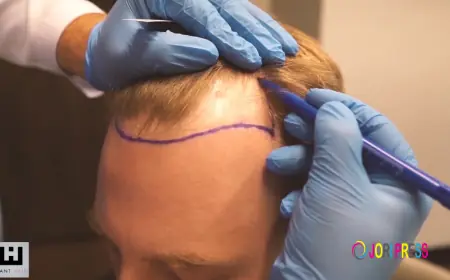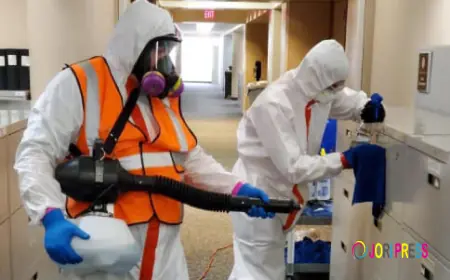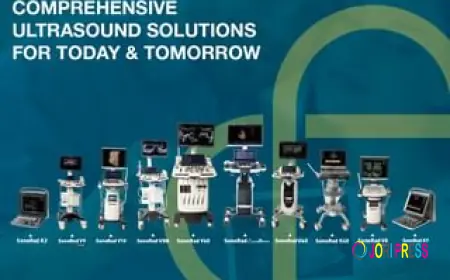Is Hair Plasma Therapy Painful? What Patients Should Expect
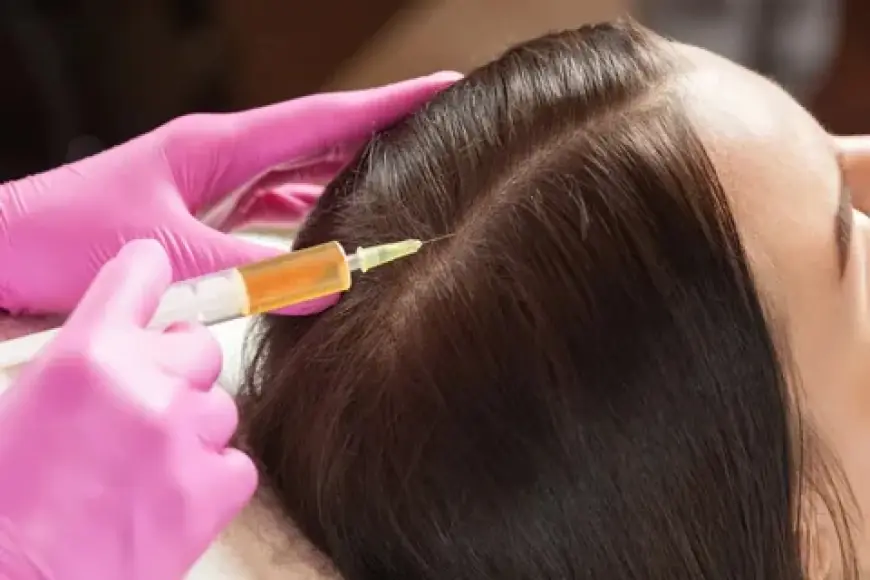
Hair loss treatments have evolved significantly over the years, and hair plasma therapy also known as Platelet-Rich Plasma (PRP) therapy—has emerged as a popular, non-surgical option for promoting hair regrowth. But one question many patients ask before starting treatment is: “Is hair plasma therapy painful?”
In the second paragraph, it’s important to understand that hair plasma بلازما الشعر therapy involves drawing your blood, processing it to concentrate platelets, and injecting this plasma into areas of hair thinning to stimulate follicle growth. While this procedure sounds invasive, the reality is that discomfort is generally minimal and well-managed by most patients.

This guide explains exactly what to expect during and after your PRP session, how pain is managed, and tips to help you feel more comfortable.
What Happens During a Hair Plasma (PRP) Treatment?
The PRP procedure typically follows these steps:
-
Blood Draw: A small amount of blood is taken from your arm, similar to a routine blood test.
-
Centrifugation: Your blood is spun in a centrifuge to separate out the platelet-rich plasma.
-
Scalp Injections: Using fine needles, the PRP is injected directly into thinning areas of your scalp.
Each session typically takes about 30 to 60 minutes.
Is the Procedure Painful?
1. Blood Draw
For most patients, the initial blood draw is no more painful than a standard blood test—a brief, mild sting from the needle.
2. Scalp Injections
The injections are the part of the procedure where discomfort is most likely:
-
Patients may feel small pinches or pressure with each injection.
-
The sensation is often compared to tiny pricks or slight burning.
However, most clinics use strategies to minimize pain:
-
Numbing Cream: Applied before the procedure to desensitize the skin.
-
Local Anesthesia: Some providers use small amounts of local anesthetic to numb the scalp further.
-
Cold Compress: Applied to reduce pain and swelling after the procedure.
Overall, most patients describe the discomfort as tolerable and short-lived.
Aftercare Discomfort: What to Expect Post-Treatment
Once the procedure is complete:
-
You might feel mild tenderness or swelling on your scalp for 1–2 days.
-
Slight redness or sensitivity in injection areas is common.
-
Over-the-counter pain relievers (excluding NSAIDs like ibuprofen) can help manage any discomfort.
Most patients return to their daily routine immediately after treatment.
Pain Levels: What Real Patients Report
-
Mild to Moderate Discomfort: Felt mainly during the injections.
-
Short-Term Sensitivity: Lasts 24–48 hours post-treatment.
-
No Long-Term Pain: The scalp fully recovers without prolonged discomfort.
Patients generally rate the procedure around 3–4 out of 10 in terms of pain, depending on their personal pain tolerance and clinic practices.
Who Might Experience More Sensitivity?
-
Patients with very sensitive scalps.
-
Those undergoing treatment without topical anesthesia.
-
Patients prone to anxiety about needles or medical procedures.
Let your provider know in advance if you’re concerned about discomfort—they can adapt pain management strategies for you.
Ways to Minimize Discomfort During Hair Plasma Treatment
Here are tips to help you feel more comfortable:
-
Request Numbing Cream: Always ask your provider to use a numbing agent if they don’t apply one by default.
-
Stay Hydrated: A well-hydrated scalp may be less sensitive.
-
Practice Relaxation: Breathing exercises or meditation before treatment can help reduce anxiety.
-
Choose an Experienced Provider: A skilled practitioner knows how to inject efficiently and gently.
Why Pain Shouldn’t Stop You from Trying PRP
While injections naturally involve some discomfort, PRP is much less invasive than surgical options like hair transplants. Benefits of hair plasma therapy include:
-
No incisions or stitches.
-
Minimal downtime.
-
Natural stimulation of your body’s own hair growth processes.
For most patients, the short-term discomfort is well worth the potential long-term benefits.
Is PRP Therapy More Painful Than a Hair Transplant?
In comparison to hair transplant surgery:
-
PRP is significantly less painful.
-
There’s no need for cutting, sutures, or prolonged healing.
-
Recovery time is much faster with PRP.
Thus, for patients seeking non-surgical hair restoration, PRP offers a gentler alternative.
Can PRP Be Combined with Other Comfortable Treatments?
Yes, PRP can be safely combined with:
-
Topical treatments like minoxidil.
-
Laser hair growth therapy (painless).
-
Nutritional supplements.
Your provider can tailor a comfortable treatment plan that addresses your hair loss concerns without unnecessary discomfort.
Managing Anxiety About the Procedure
If fear of pain or needles is holding you back:
-
Talk openly with your provider.
-
Consider using distraction techniques (music, podcasts).
-
Some clinics offer stress-relief aids such as aromatherapy or guided relaxation.
Remember, PRP is a quick procedure, and discomfort is typically over in less than 30 minutes.
Conclusion: PRP Pain Is Temporary, Hair Growth Is Long-Term
While hair plasma therapy isn’t entirely painless, most patients tolerate it very well. The minor discomfort experienced during scalp injections is temporary and can be easily managed with modern numbing techniques.
If you’re struggling with hair thinning or early-stage hair loss and seeking a natural, non-surgical solution, don’t let fear of pain stop you from exploring PRP. Speak with a qualified hair restoration professional to understand how this innovative treatment can help you regain healthier, fuller hair—comfortably and safely.
What's Your Reaction?
 Like
0
Like
0
 Dislike
0
Dislike
0
 Love
0
Love
0
 Funny
0
Funny
0
 Angry
0
Angry
0
 Sad
0
Sad
0
 Wow
0
Wow
0
































